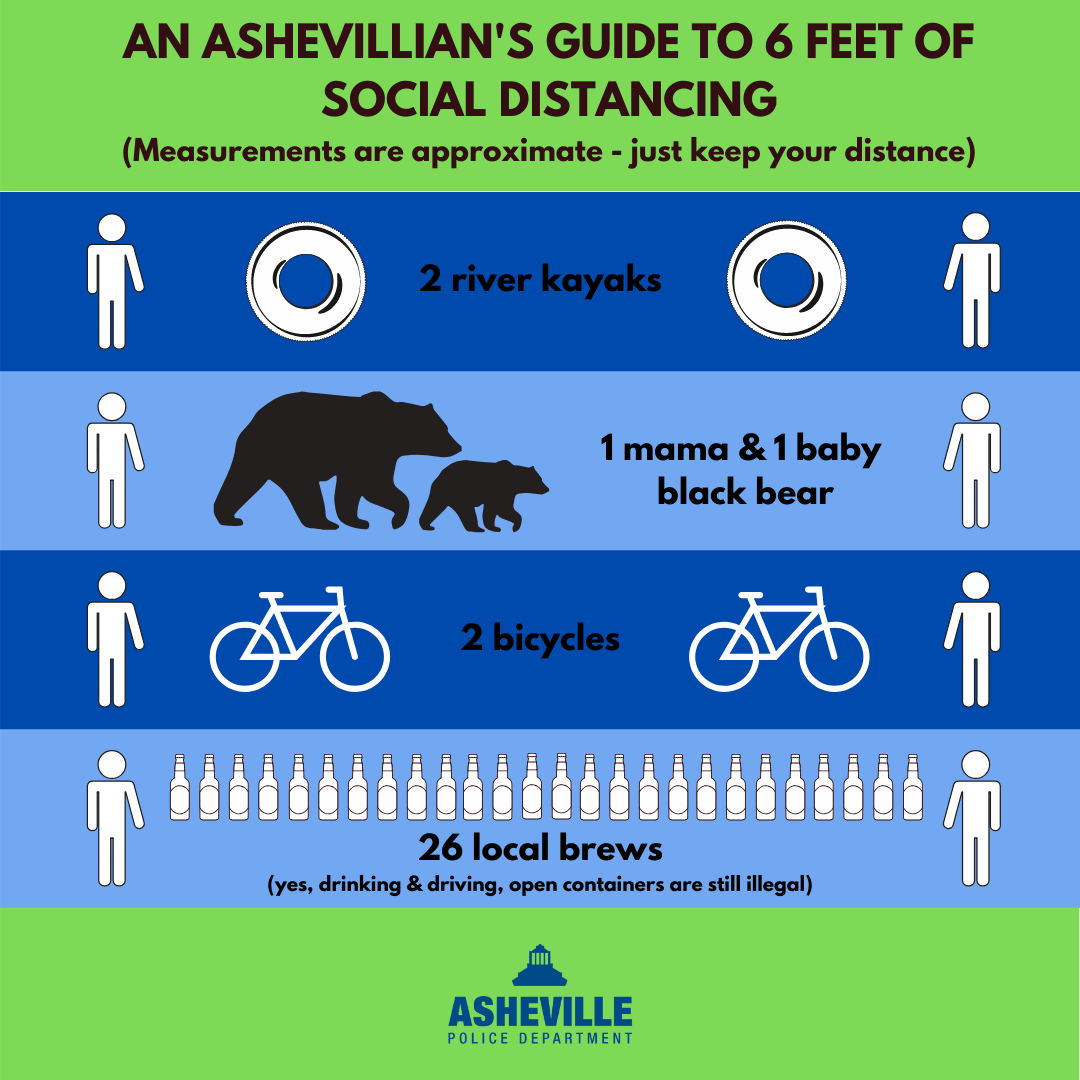Need to explain a size as quickly as possible?
Define it in terms of something your audience already knows.
Cultures have used this formula for millennia to develop measurements. One survey of 84 cultures, from ancient Romans to the Māori, found that the human body is a universal way of explaining size.1Cooperrider, Kensy, and Dedre Gentner. “The Career of Measurement.” Cognition 191 (2019): 103942. Half of all cultures used the length of outstretched arms, fingertip to fingertip, as a standardized unit. (In English, we call this a “fathom.”)
One in every four cultures developed a measurement defined as the length of the forearm, called a “cubit” in Hebrew; it appears in the Biblical story of Noah and his ark (which measured 300 × 50 × 30 cubits). “Mile” comes from ‘mille passus,’ the Latin phrase for “a thousand paces.”
Observe how local health campaigns around the world translated “6 feet” to relay social distancing guidelines during the COVID pandemic. Effective translations combine easily imagined comparisons that require no calculations:
- 1 hockey stick—Canada
- 1 tatami mat—Japan
- 1 adult gator—Florida
- 1 surfboard—San Diego
- 1 adult cassowary—North Queensland, Australia
- 1 Michael Jordan (imagine Michael Jordan giving you and your friend an air-five)—basketball court
- 1 caribou—Yukon, Canada
- 1 bear—Russia
- 1 fathom—U.S. Navy
- 1 alpaca—Ohio county fair
- 1.5 wood chippers—North Dakota
- 2 baguettes—France
- 4 trout or 1 fishing rod—Montana
- 1 surfboard, or 1-1/2 mountain bikes—parks department
- 4 koalas—Sydney, Australia
- 24 buffalo wings—Buffalo, NY
- 72 pistachios—New Mexico
Some of these are useful; others are just cute. You’ve seen a hockey stick or fishing rod before—but if you’ve ever witnessed 24 buffalo wings or 72 pistachios end-to-end, someone needs more training in table manners.
How do you find the right measuring stick for your number? How do you find your fathom?
Brainstorm items of a similar size that your audience would know well.
If you get stuck, use the MacGyver principle. Instead of going to Home Depot to find the right tool, just make use of what’s around you. (The term Jugaad, a frugal hack, also works here.)
Here’s the MacGyver principle: Look around you. See what you can build using objects in the environment. Consider what’s universally known to your people: local references, objects used in your field, items in the news.
Of those things, favor objects that only need a simple multiplier: 4 koalas or 72 pistachios are tougher to work with than 2 baguettes or 1 surfboard. Even if “3.9 times your home state” or “1.5 mountain bikes” is more precise, you should favor “New York” and “1 surfboard.” Because they’re easier to use and remember, they’re more accurate in the long run.
Want to learn more? Get in touch!
